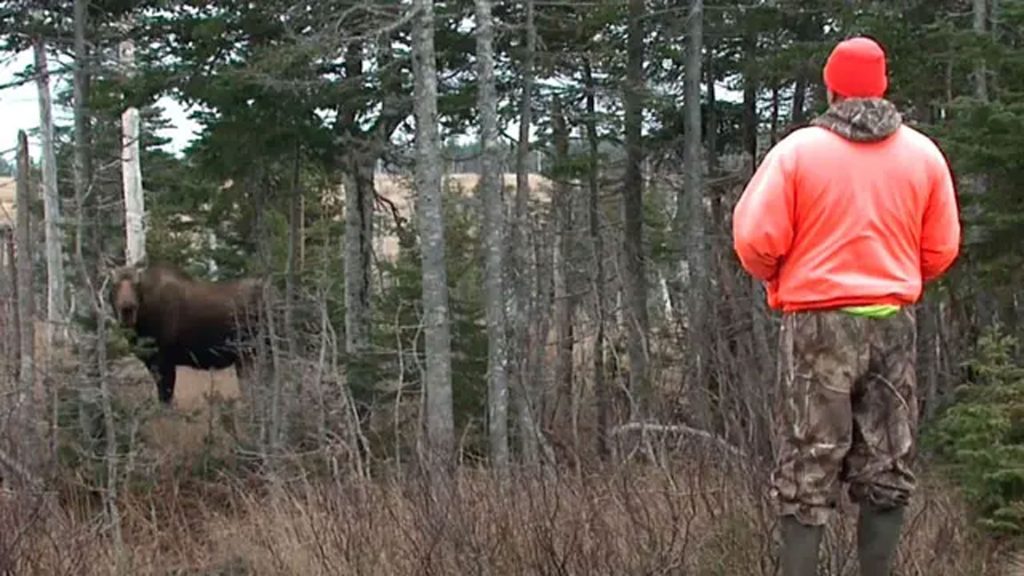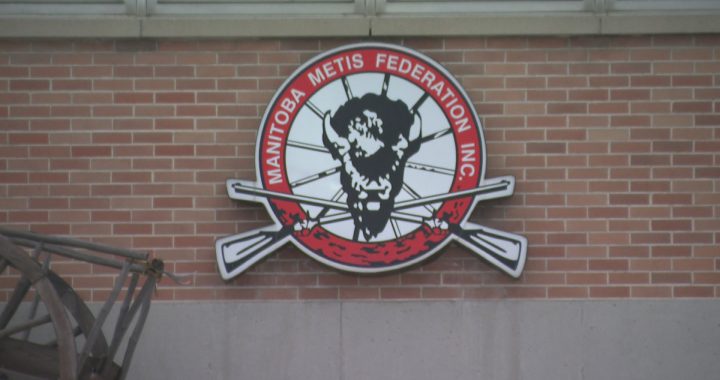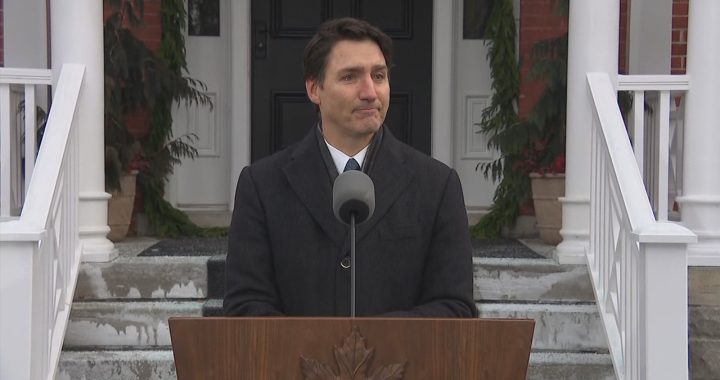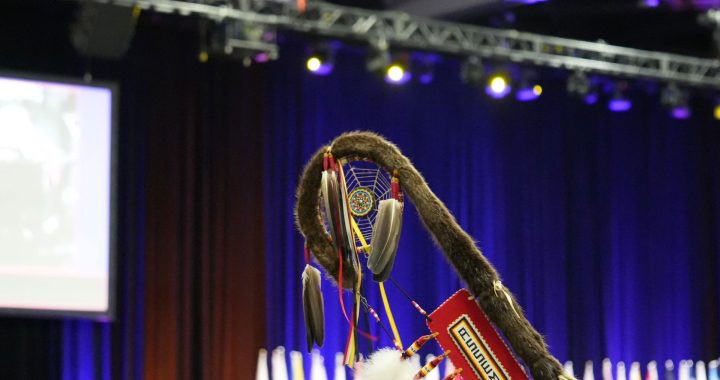
Indigenous leaders and federal MPs are applauding the Liberal government’s decision to scrap proposed amendments to a gun reform law.
The proposed changes to C-21 would have included a ban on several types of long guns – shotguns and rifles – and other firearms that are commonly used by Indigenous hunters.
“I’m very happy that the Liberals took it back,” said Chief Dylan Whiteduck of Kitigan Zibi Anishinabeg, an Algonquin community north of Ottawa.
“Personally, I felt like it just needs a little bit more work in terms of ensuring that it doesn’t infringe upon Indigenous rights and hunting and using rifles for substance purposes.”
The bill, first tabled in November, is intended to crack down on gun violence. It was initially intended to ban handguns, though additional proposed amendments would have broadened the types of firearms that would be banned, including commonly used hunting rifles.
Among other technical specifications concerning bore diameter and muzzle energy, the proposed definition included a centrefire semi-automatic rifle or shotgun designed with a detachable magazine that can hold more than five cartridges.
Whiteduck said his people were “fearful” of the proposed amendments as long-arm hunting rifles are commonly used by hunters in the community.
“We felt like it did jeopardize and impact our hunting rights,” he said. “Many First Nations respect the tools, like a gun, a rifle, that puts food on the table for many of us.”
In December the Assembly of First Nations (AFN) special chiefs assembly unanimously passed an emergency resolution in response to the bill. The resolution called for more consultation with First Nations and the removal of the legislation that would ban long guns.
Whiteduck, who was in attendance, believes the AFN was not consulted about the amendments.
“I don’t even believe any First Nation was consulted. It was a very progressive approach by the Liberals to create such a bill. I understand why they were creating this bill, but it just went too far and it just needs more work,” he said.
“At the end of the day, it’s about respect, education, and the government of Canada just has to go back to the drawing board and ensure it doesn’t impact and infringe on hunt and rights.”
Lori Idlout, the MP for Nunavut, has been an outspoken critic of the amendments since they were introduced because of how the amendments would affect Inuit hunters.
She said the Liberals made a good decision – but will be watching the government closely.
“It feels close to celebratory. But we should still be cautious because it’s still in committee. It’s a win for the NDP for sure because we’ve been fighting to make sure that we’re protecting the rights of Indigenous peoples.”
More clarity needed
Liberal MP Brendan Hanley is also applauding his government’s move.
Hanley, who is the MP for Yukon, said hunting rifles are part of the culture and tradition for his territory, especially for First Nations hunters.
“I think we’ve heard loud and clear that it’s part of the First Nations and Indigenous way of life, literally, from childhood, from being a source of food, being a source of tradition, being a connection between families, between youth and elders,” he said.
Hanley said he couldn’t support the amendments in their current form.
Last month he held a public roundtable discussion in Whitehorse where gun owners across the territory shared their thoughts on the proposed legislation. Hanley was joined by Public Safety Minister Marco Mendicino.
Many who spoke were critical of the amendments and the effect they would have on responsible gun owners.
While Hanley agrees gun violence is a pressing issue, he said more consultation and clarity were needed before the amendments were introduced.
“The communication part really wasn’t clear. For a long time, there was a lot of confusion over what’s in and what’s out. This was a very complex amendment with hundreds and hundreds of pages of firearms listed,” he said.
Hanley said he’s pleased Mendicino took Yukoners concerns into account.
“I’m glad that he listened, and I think he really was struck by these themes of how important firearm use is to live in the North and life in the Yukon.
Mendicino said in a written statement posted to Twitter that the government had committed to coming up with “a clear, standard definition of what constitutes an assault-style firearm.”
It tried to do that with the amendment, but Mendicino acknowledged “there have been legitimate concerns raised about the need for more consultation and debate on this vital part of the bill.”
“We hear those concerns loud and clear, regret the confusion that this process has caused and are committed to a thoughtful and respectful conversation that is based on facts, not fear,” he said.
“This is an emotional issue, and Canadians are counting on us to get it right. More discussions, including with Indigenous communities, are crucial.”
Mendicino said work toward a new solution to keep assault-style weapons off Canada’s streets is underway.
C-21 is still under consideration by the Standing Committee on Public Safety and National Security and will have to undergo a third reading at the House of Commons.
With files from the Canadian Press










